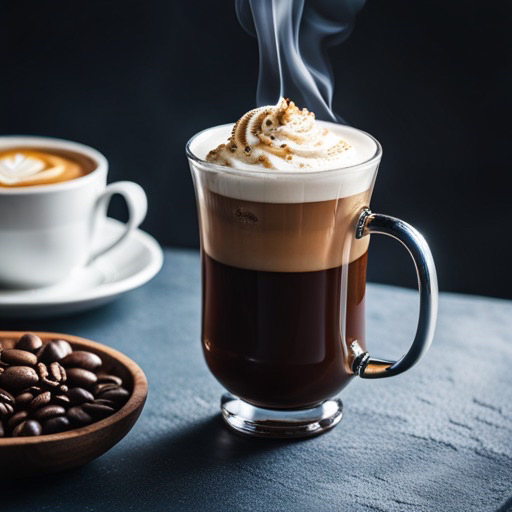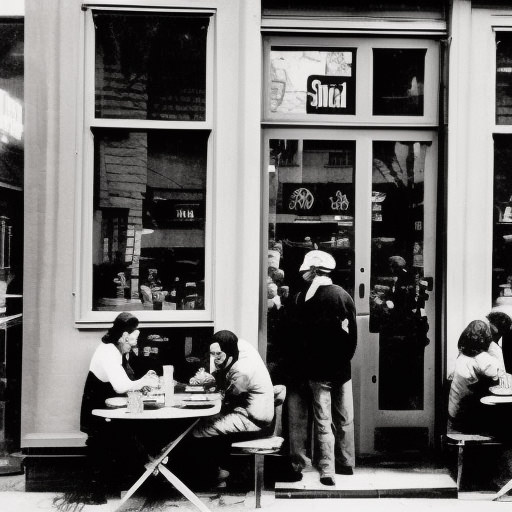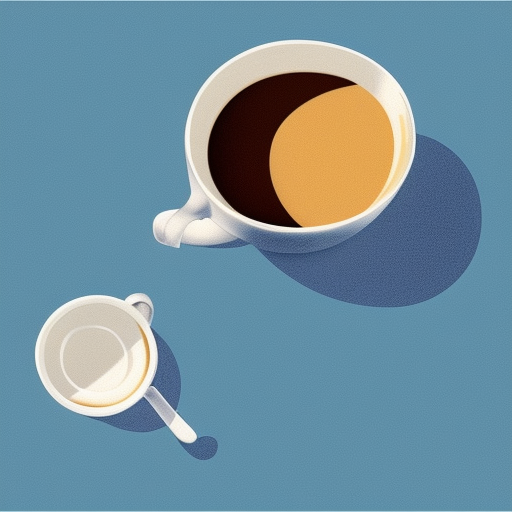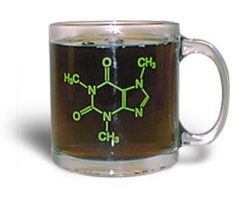Are you like me, one of those people who can’t start their day without a cup of coffee? If yes, then you know how a cup of coffee can make or break your day. But have you ever thought about the kind of milk you use in your coffee? Did you know that the type of milk used can change the flavor and foam of your coffee? In this blog post, we’ll discuss the different types of milk and how they affect your coffee.
Whole Milk:
Whole milk is the most commonly used milk in coffee shops. With a fat content of around 3-4%, it creates a creamy texture that complements the coffee’s taste. The fat content in the milk adds sweetness and helps to bind with the coffee, creating a perfect balance in taste. It also creates a thick foam that doesn’t dissolve as easily. It’s perfect for those who prefer a richer and creamier texture and flavor in their coffee.
2% Milk:
2% milk is also known as reduced-fat milk as it has a lower fat content than whole milk, at around 2%. It creates a lighter texture and flavor in the coffee, making it ideal for espresso drinks like lattes and cappuccinos. If you enjoy the taste of coffee, but are looking for a lighter option, 2% milk is a great choice.
Lactose-Free Milk:
Lactose-free milk is perfect for those who are lactose intolerant, but still want to enjoy their coffee with milk. This milk is made by removing lactose, which is the sugar found in milk, so people who are lactose intolerant can easily digest it. Lactose-free milk has a similar texture to whole milk, but it doesn’t taste as sweet as whole milk. It also creates a decent foam, similar to 2% milk.
Fat-Free Milk:
Fat-free milk or skim milk has the lowest fat content, around 0.5%. The lack of fat in the milk means that it creates a more watery texture in the coffee, which isn’t ideal for those who enjoy the creaminess of milk in their coffee. Fat-free milk also creates a thinner foam which often dissipates quickly, making it harder to create latte art. If you’re someone who is looking to cut down their calorie intake, then this option is perfect for you.
Plant-Based Milk:
Plant-based milk, made from soy, almond, oat, and other non-dairy alternatives, provides a unique flavor profile to your coffee. They can add a nutty or sweet flavor, but they can also make coffee taste weak or watery, depending on the milk you choose. Plant-based milk also creates a thin foam that may not hold up as well as dairy milk. If you are vegan or lactose intolerant or simply want to try new things, plant-based milk is an excellent option.
In conclusion, the type of milk you choose will affect the flavor and foam of your coffee. Whole milk is perfect for those looking for a rich, creamy experience, while 2% milk provides a lighter texture. Lactose-free milk is perfect for those who can’t tolerate lactose, while fat-free milk is great for those looking for a low-calorie option. Finally, plant-based milk provides a unique flavor profile to your coffee. Choose your milk based on your needs and taste preferences and let it enhance your coffee experience.
Please note that if you purchase from clicking on the link, some will result in my getting a tiny bit of that sale to help keep this site going.




